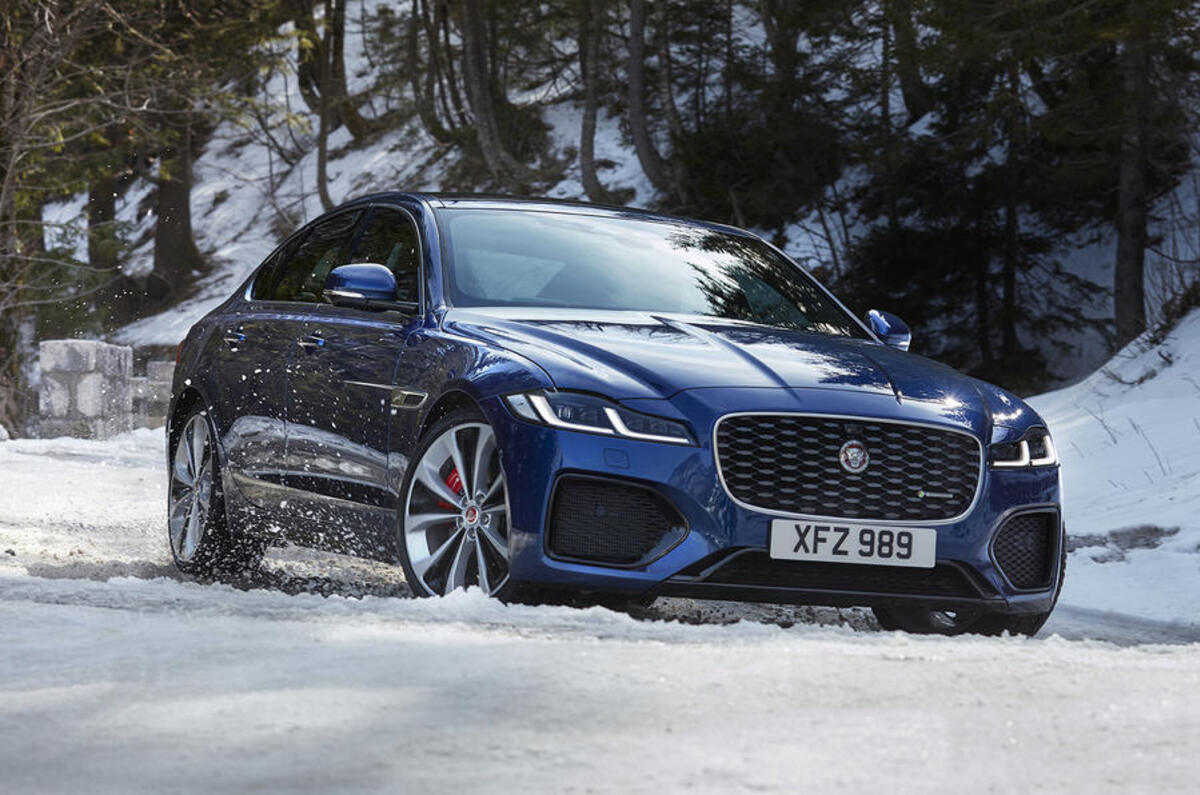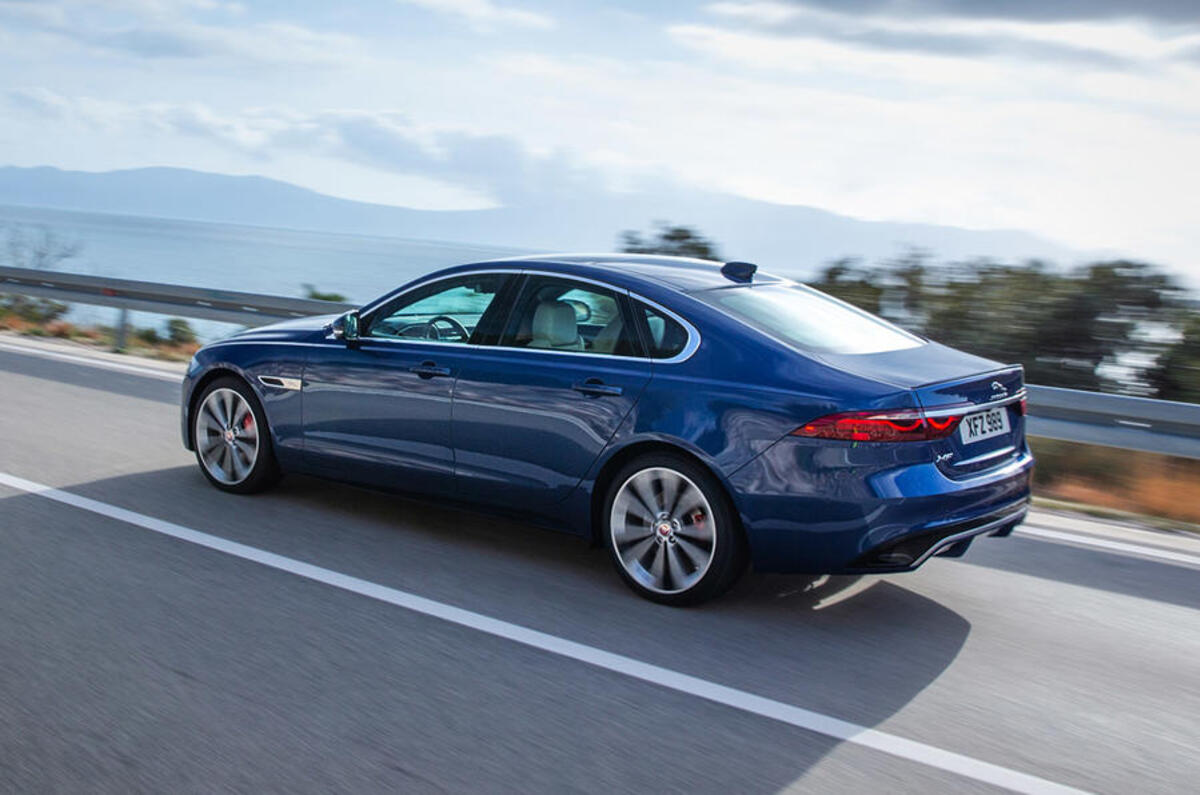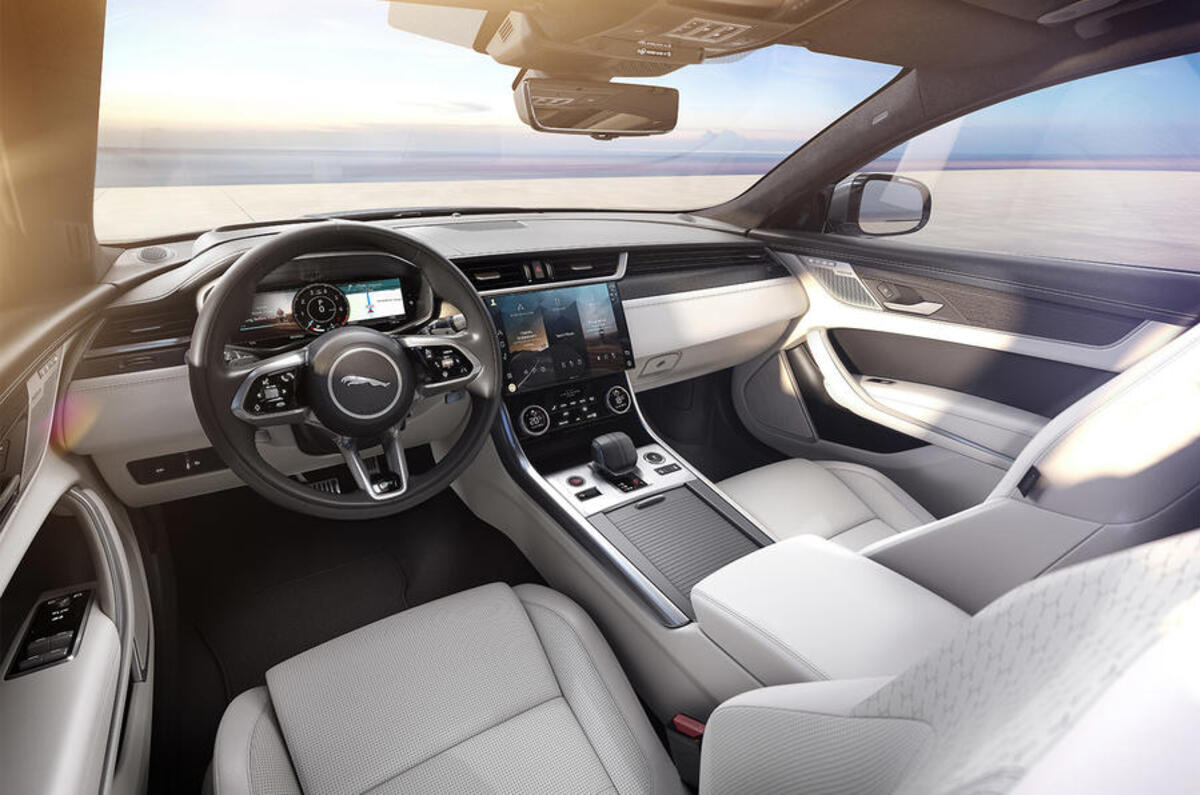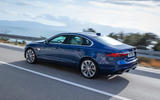Little else demonstrates the massive change the European market has been through in not much more than a decade that the Jaguar XF.
It first hit the scene in 2007 and was a revelation: not just in design terms, where it rewrote the rulebook inside and out for the previously backward-looking brand, but also by playing a pivotal role in Jaguar’s turnaround under its then-new Tata ownership.
And it worked, for a while. It more than doubled the old S-Type’s outgoing volume in its first year even during a recession, peaking at over 20,000 units in 2010. Volumes were still strong when it came to replace it in 2015, but by that time the SUV revolution was in full swing.
The result was that from 2016 - 2019 the model went from 16,000 annual units in Europe to under 6,000. Dramatic, particularly for Jaguar, which built its name over decades primarily building classy, large saloons.
Was it all due to sales being poached by the Jaguar F-Pace SUV? I’m not so sure. Frankly, though improved in dynamic terms, the second XF always seemed half-baked compared to its predecessor: the interior was largely based on the XE and it even had the look of a stretched Jaguar XE externally. Details such as the electrically swivelling air vents, a USP on the first XF, had disappeared. It almost felt as if Jaguar knew the tide was turning and didn’t try to fight it.
Happily, some of this special feel has been brought back in the facelift - mostly with interior details boosting the sense of occasion. But the styling isn’t all that new, and unlike the F-Pace there’s no fleet-friendly plug-in hybrid model. Is it too little, too late for the once vitally important XF? Quite possibly.
READ MORE
Jaguar slashes XF price and revises exterior









Join the debate
Add your comment
I'm deeply saddened but the
Tesla have shown that the right saloon car can be a smash hit and cool; here's hoping Jaguar can pull something similar out of the bag, I can't see any other long term future for the brand.
XF should not disappear!
It is a shame that XF reduces the number of engine choices just to three: P300, P250 and D200 (MHEV) due to the short number of sales.
Had there day?
Has Jaguar lost that respect it had?, the next brand after Rolls Royce, Bentley, yeah, it's way down there with the Octavia.